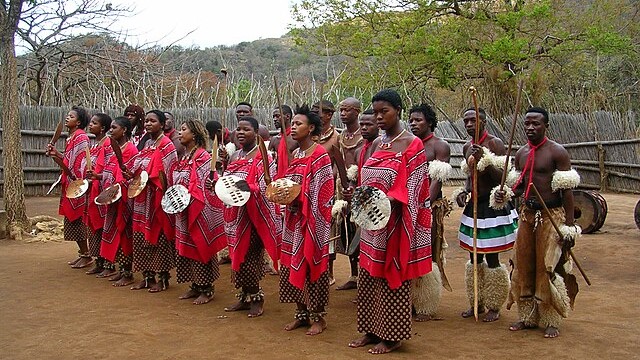As dusk settles over the hills of Eswatini, the pulse of music drifts across villages and towns, echoing a tradition that has long been inseparable from daily life. In this small Southern African kingdom, music does not stand apart as entertainment alone; it is woven into the fabric of community, storytelling, and identity. The nation’s soundscape—shaped by both ancestral melodies and contemporary experimentation—offers a portrait of culture in motion.
At the heart of Eswatini’s traditional repertoire are styles such as isicathamiya and mbube. Isicathamiya, with its soft, layered harmonies, carries echoes of Ladysmith Black Mambazo, the South African group that introduced this choral form to the world stage. Performed in community gatherings, its intricate call-and-response patterns and graceful synchronized movements evoke unity and belonging.
By contrast, mbube projects a more forceful energy. Its soaring vocals, punctuated by clapping and percussive rhythms, often accompany moments of collective joy or solemnity. In these performances, stories of love, struggle, and perseverance are sung not only to entertain but also to preserve shared memory. Together, these forms anchor Eswatini’s music within the rhythms of its people’s lives.
Yet the kingdom’s musical identity is not confined to tradition. Contemporary artists are blending ancestral influences with global sounds, producing a fusion that resonates far beyond Eswatini’s borders. Figures such as Bholoja, known for his soul-stirring performances, and Tigi, who incorporates hip-hop and reggae inflections, embody a generation of musicians unafraid to experiment while staying rooted in cultural heritage. Their work illustrates the fluidity of Eswatini’s music, where local identity and modern expression coexist.
The annual Bushfire Festival has become the clearest expression of this blend. Held in the verdant Malkerns Valley, the event draws thousands of visitors from across the globe. Over several days, local musicians share the stage with international acts, creating a festival atmosphere that combines music, visual art, and performance. It has grown into one of Africa’s most acclaimed cultural gatherings, a space where artistic innovation and communal spirit converge.
Beyond performance, music in Eswatini carries social weight. Artists frequently use their platforms to reflect on political and social realities, engaging with issues that shape everyday life. In this way, song becomes both art and advocacy, amplifying voices and perspectives often unheard in other forums.
Taken together, the sounds of Eswatini form more than a soundtrack; they constitute a living archive of heritage, resilience, and creativity. From the harmonies of isicathamiya to the genre-bending experiments of contemporary artists, the nation’s music continues to evolve while remaining deeply tied to its cultural roots. In every chord and chorus, Eswatini offers a reminder that music, at its core, is both a communal language and a vessel of identity.
Sources:
- Eswatini Tourism Authority. Music and Cultural Heritage in Eswatini. Mbabane, 2023.
- Erlmann, Veit. Nightsong: Performance, Power, and Practice in South Africa. University of Chicago Press, 1996.
- Bushfire Festival Official Site. “About Bushfire.” Accessed August 2025.
- Dlamini, Nkosinathi. “Music as Social Commentary in Contemporary Eswatini.” Journal of Southern African Studies, vol. 49, no. 3, 2023.


